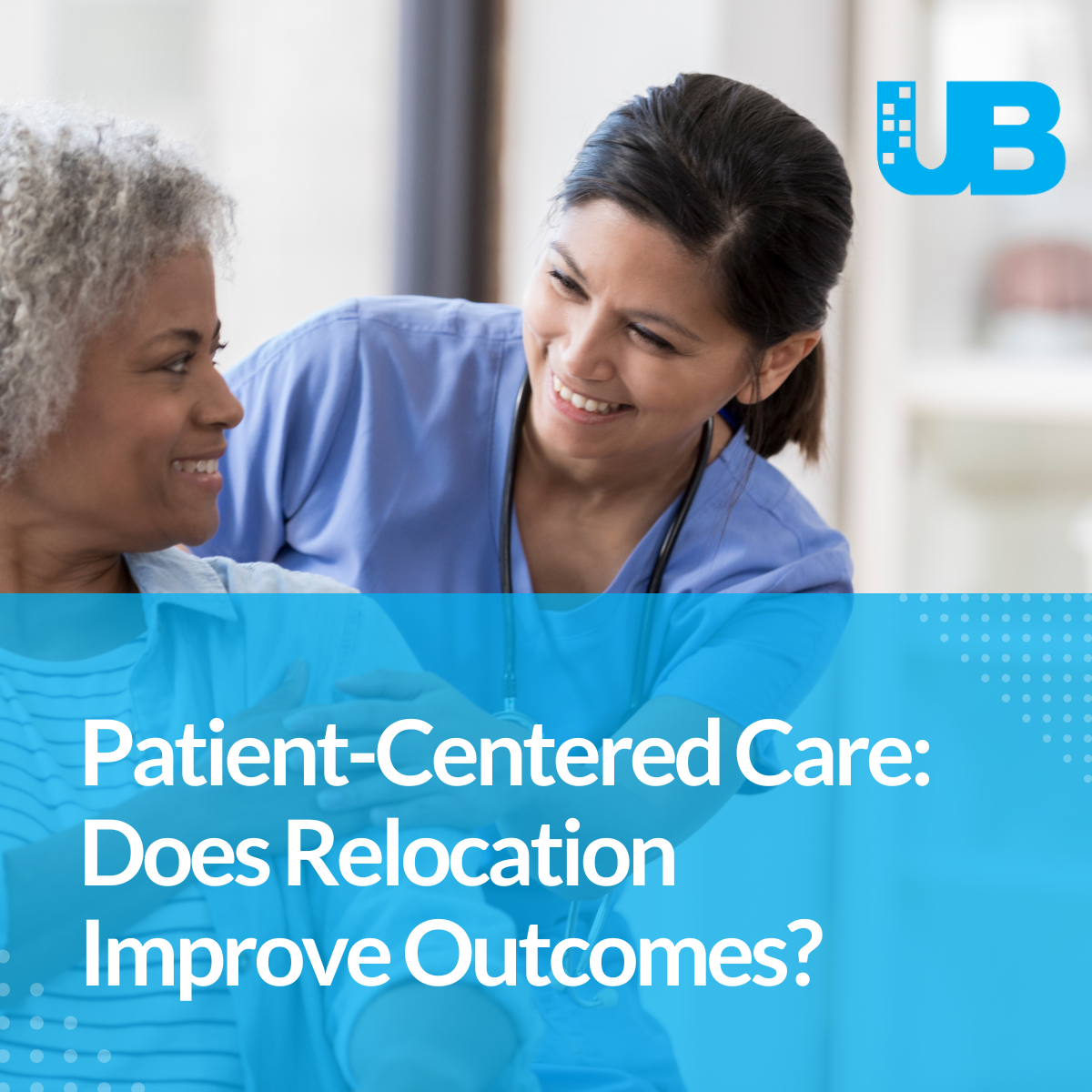Roughly 49 million US adults have a substance use disorder (SUD), and one in 10 did not seek treatment in 2021 for fear of a negative response from their peers or loved ones.
“Negative attitudes and beliefs continue to impact things like people’s willingness to seek help, which can impact job performance and things like absenteeism and workplace injuries,” Paolo del Vecchio, director of the office of recovery at the Substance Abuse and Mental Health Services Administration (SAMHSA), told HR Brew. “Substance use has a major impact in the workplace, and overcoming stigma and creating recovery-friendly workplaces can make a difference.”
Employers have an opportunity to help workers seek treatment and achieve prolonged recovery.
Potential workplace impacts. Workers who misuse substances may have higher rates of absenteeism, reduced productivity, and more healthcare costs, according to some experts.
Despite the prevalence of SUDs, more than half of workers said they feel uncomfortable asking for help managing their condition because of the stigma associated with the illness, according to a recent survey from Pelago, a virtual substance use disorder clinic.
“They’re coming into work and they’re hungover or they’re experiencing very intense cravings for substance use, or maybe they’re just having trouble concentrating,” Suzette Glasner, chief scientific officer at Pelago, told HR Brew, noting that employees with a SUD may also have other physical health conditions. “Even if they’re not directly tied to the substance use disorder themself, people tend to manage their health more poorly when they have a substance use condition because it’s just very distracting.”
Company benefits and culture can help. A recovery-friendly workplace (RFW) approach to SUDs has emerged in 31 states, according to the NIH. “Employers recognize that it’s to their best interests and to their bottom lines,” del Vecchio said. “Investing in all of your employees ultimately will pay dividends, and that’s what we’re seeing with this increased focus [on] mental health in the workplace and behavioral health and wellness in the workplace.”
Quick-to-read HR news & insights
From recruiting and retention to company culture and the latest in HR tech, HR Brew delivers up-to-date industry news and tips to help HR pros stay nimble in today’s fast-changing business environment.
Recovery-friendly accommodations and practices, which del Vecchio said are often inexpensive, focus on helping employees access rehabilitation services, and creating a workplace culture that reduces stigma associated with SUDs. The CDC and SAMHSA provide toolkits that outline how employers can implement written durg policies, supervisor trainings, and employee assistance programs, all with support and recovery in mind.
The CDC recommends that employers lower barriers to entry so workers have an easier time accessing and maintaining recovery. While employee assistance programs (EAPs) can help workers find treatment options, more specialized programs may be necessary.
Beyond recovery-specific benefits and resources, Glasner recommended that employers identify ways to support recovery through their company’s culture, like by avoiding centering events around alcohol as that could be triggering for employees in recovery. She also suggested that employers offer health and wellness education that incorporates substance abuse.
If someone in a leadership position has experience with a SUD, Glasner said it can be helpful to have them share with employees their recovery journey. “When somebody who’s in a management position, where they’re very esteemed and respected, will tell their own story…it helps normalize the conversation,” she said. Del Vecchio echoed Glasner’s sentiment adding, “that makes a difference and sends a message that it’s okay to talk about these issues at work.”
Employers should consider establishing peer support groups and SUD employee resource groups, del Vecchio, who is in recovery, recommended.
“What employers can do is help establish an organizational culture that’s supportive and caring of their workforce,” he said. “I have been working in the federal government for the past 30 years, and it’s because of those kind of recovery supports on the job that I’ve been able to do the work I have.”










